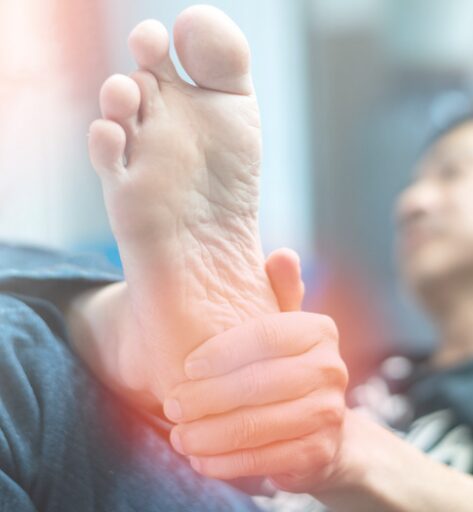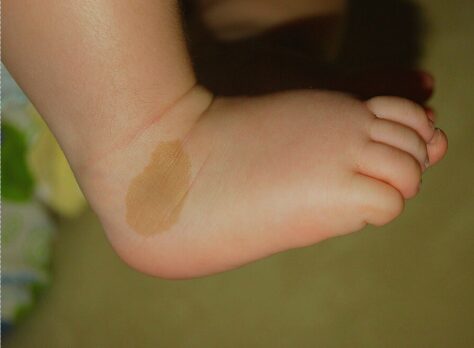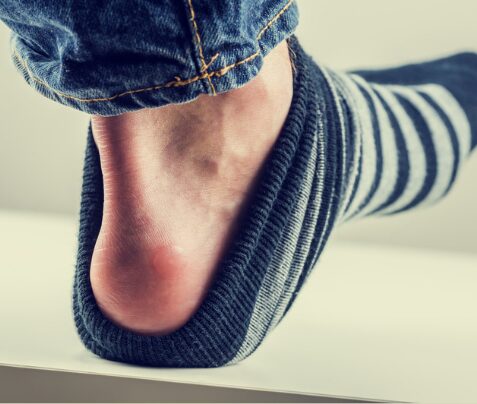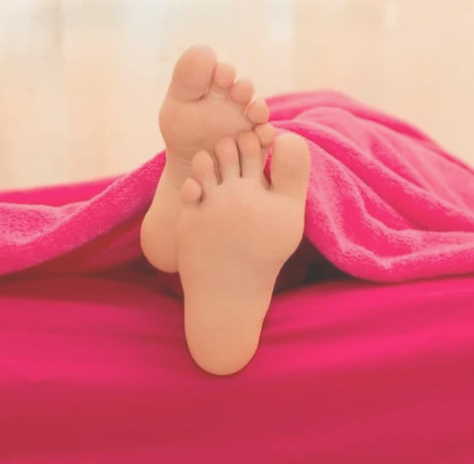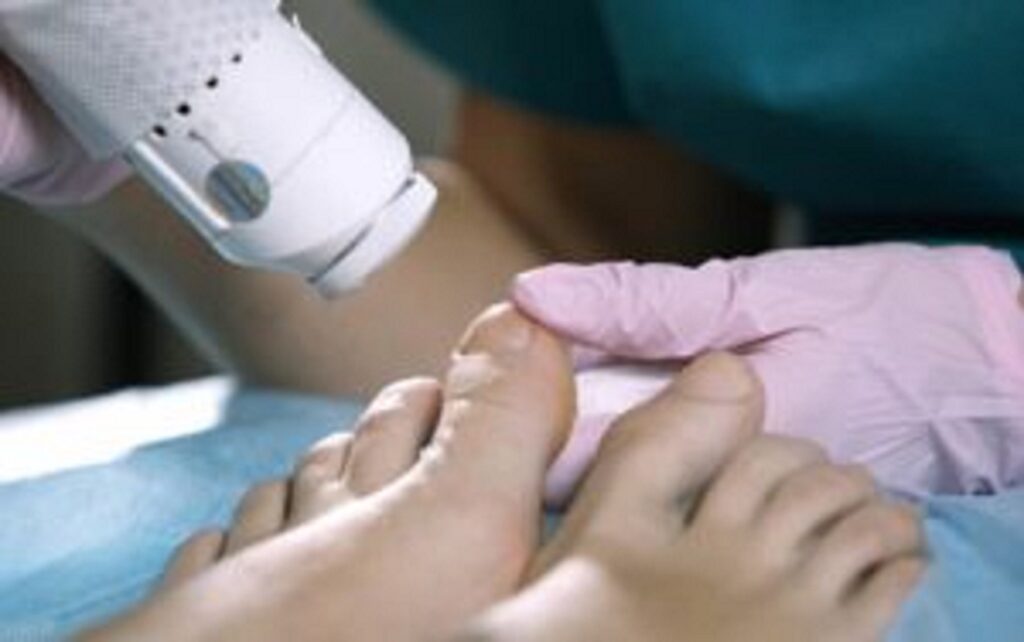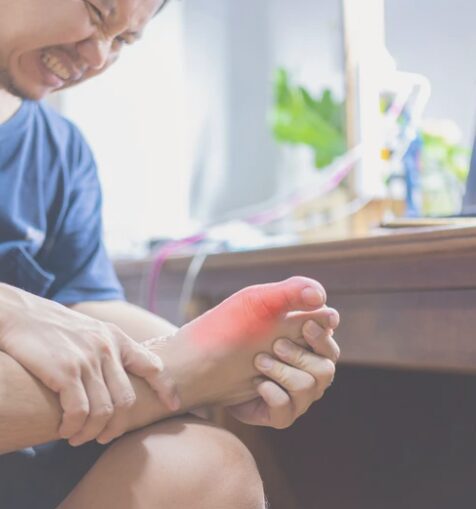Bone Spurs
Bone Spurs Bone spurs, also known as osteophytes, are bony projections that develop along the edges of bones. In the foot, bone spurs commonly occur in areas where bones meet or where ligaments and tendons attach to bones. They can develop as a result of prolonged stress, pressure, or repetitive motion on the foot, […]

